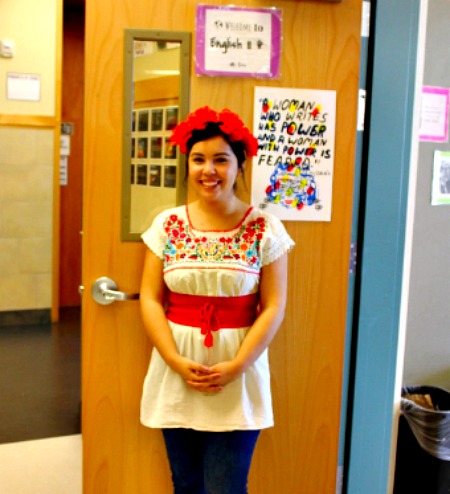As the young daughter of two immigrant parents, I constantly remember my mother attending open houses and back to school nights and with her limited English, trying her best to communicate with my teachers over the years and share her goals and dreams for me as her daughter. My mom put her best effort into making sure the schools that I attended were meeting my needs, especially as an English Language Learner in my elementary school. Compared to her white counterparts at my school, my mom’s “demands” were far more about basic needs the school should have been meeting, compared to the conversations white parents had with my teachers about their kids specific reading scores and levels of rigor held in the classroom.
The educational expectations our parents hold for us become “self-fulfilling prophecies,” according to a recent study by the National Center for Education Statistics that was published in U.S. News & World Report. The disparities between students of color and their white counterparts are seen from ages as early as two in day care settings. Despite the needs of students being completely different, some schools continue to function in the way that schools were designed in the 1600s, serving as a factory model that targets one specific student population. From their foundation, schools were designed to serve white, affluent land owning families. Schools were never designed to serve non-white students who didn’t fit that criteria.
Almost 500 years later, most schools with the United States continue to follow this model and tailor their educational programs to serve one type of student. Just as I needed individual attention that was specific to being an English Language Learner when I was a young student, many low income, students of color around the U.S. need schools that understand their particular needs and are eager to have educators meet them. While there are amazing educators and schools that are working to change this narrative and make excellent education a reality for more students of color, there are still many schools that need to rethink the way that student needs are being met.
I use the inspiration attained from growing up with a mother who stopped at nothing to make sure my educational needs were met and to ensure that I am meeting the needs of the students who walk into my classroom each morning. Similarly, I make sure to be present in the educational experiences of my daughter as well, even with her attending preschool and kindergarten. There is no “one size fits all” when it comes to students of color and their needs, and each child deserves the attention of a school and a team of educators who fundamentally believe in their potential for greatness.
Daniela Felix
Latest posts by Daniela Felix (see all)
- The Importance of Mid Year Data for Teachers, Students, and Families - December 18, 2019
- Las Familias Deben Participar en la Mejora de los Resultados de las Pruebas SBAC de California - December 10, 2019
- La Guia de los Aprendices de Inglés de California es un Recurso Útil para los Maestros - December 4, 2019
- California’s English Learner Roadmap Is a Helpful Resource for Teachers - December 2, 2019
- Families Need To Be Involved in Improving California’s SBAC Test Results - November 27, 2019

